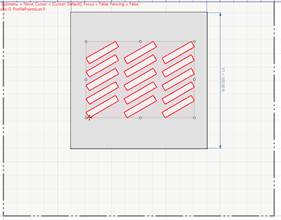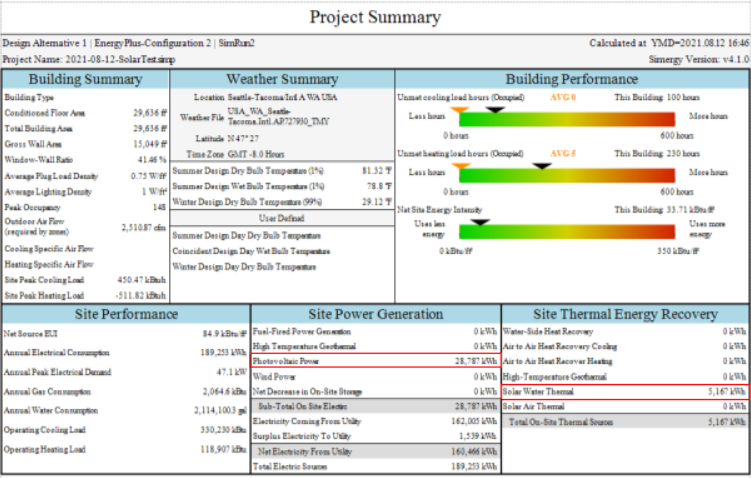How can I model PV and solar thermal in Simergy?
Solar surfaces
For PV and solar thermal components, we first need solar surfaces. These are created in the Site workspace. For PV units you need to create a SolarSurface with subtype “Solar PV Array” and for solar thermal components you need to create a SolarSurface with subtype “Solar HW Array”. Note that for each surface, we will create a separate PV unit or thermal collector.


Moving solar surfaces (on the roof)
Once you have placed your solar surfaces, you can also move them onto the roof or around your site.
Click the anchor on the lower left of the shape. Release the left mouse button, now you can drag the surface array around. To get it onto the roof just click on it and it will automatically be placed on top of it. Below you can see them properly placed in 3D.
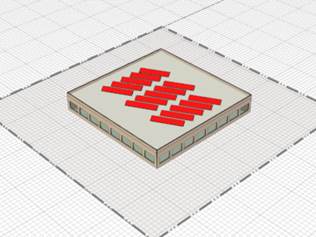
PV and solar collector reference solar surfaces
Both the PV and solar thermal component then reference those surfaces in the Surface Name property:
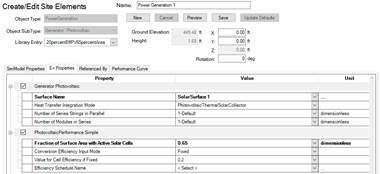

Creating a PV:
The PV is also generated in the Site workspace, under PowerGeneration and Generator:Photovoltaic. Besides the already discussed Surface Name property. You can choose from one out of three PhotovoltaicPerformance options: Simple, EquivalentOne-Diode and Sandia. Note it is important that you only check one of these.
Creating Solar Thermal:
Typically, solar thermal components are used in context of service hot water and in combination with a water tank. To model this in Simergy, we typically create two loops one with a water tank that connected to the service hot water demand and another one that connects that water tank with the solar collector. This way the solar collector can store the generated heat in the tank and the tank can provide hot water when needed as service hot water. The tank also has another heat source in case the solar collector cannot provide enough. The solar collectors can also be part of hot or mixed water loops or more complex water systems with cross connected heat exchangers between system types.
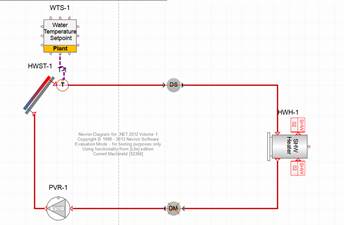

Simergy supports three different collector types:
1. SolarCollector:FlatPlate:Water
2. SolarCollector:IntegralCollectorStorage
3. SolarCollector:FlatePlate:PhotovoltaicThermal
The first one is the standard collector, the second one already integrates a small storage tank and the last one is a combined hot water collector and PV unit.
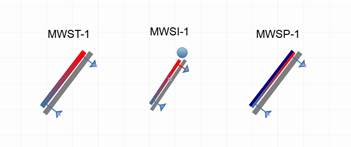
Results and Reports
The project summary report contains data about the performance of PV units and solar collectors. Site Power Generation section shows the Photovoltaic Power generated and the Site Thermal Energy Recovery section the Solar Water Thermal energy. These values provide a quick overview of the performance, but of course more details are available in other reports and variables in results visualization.


